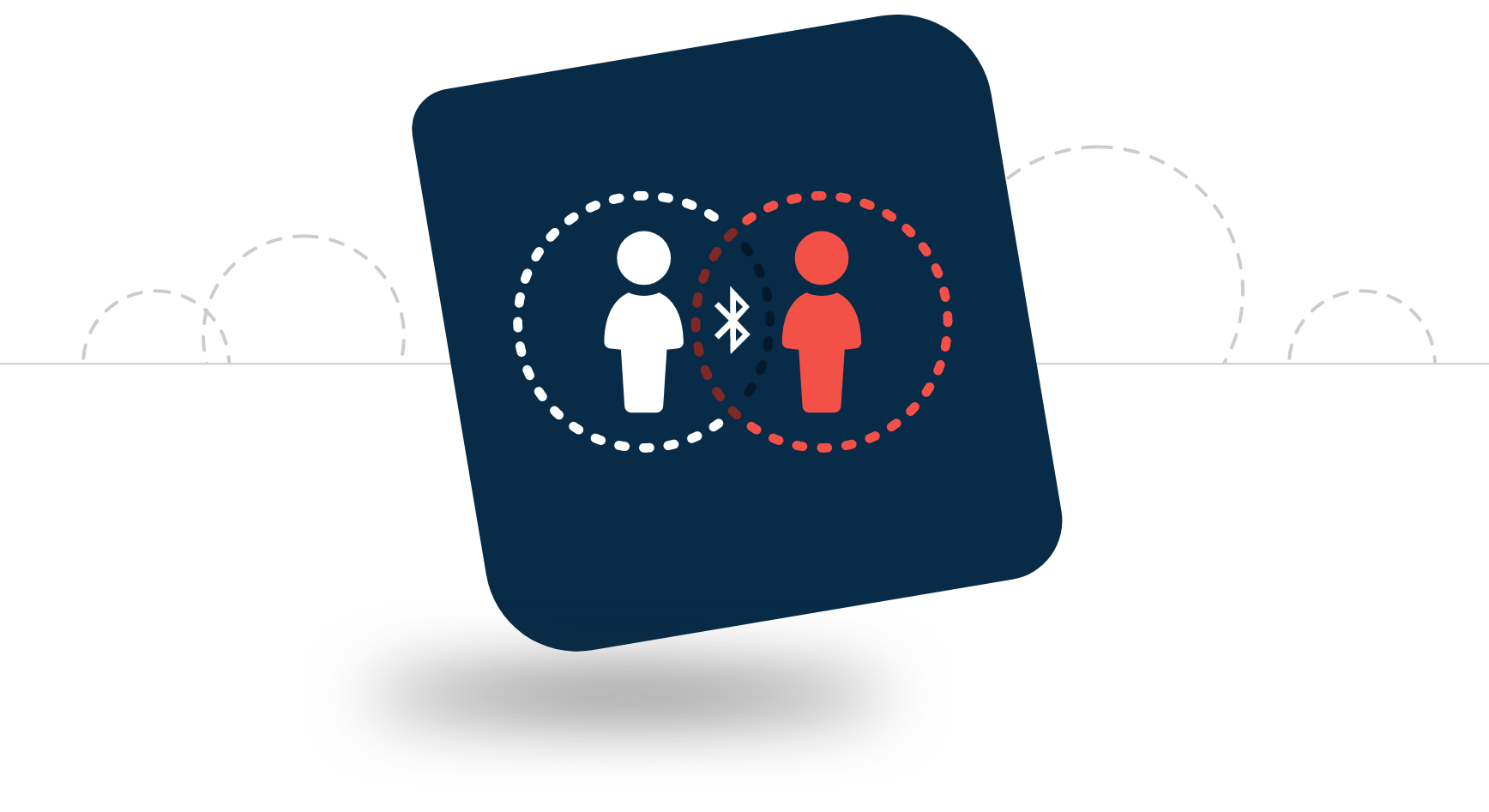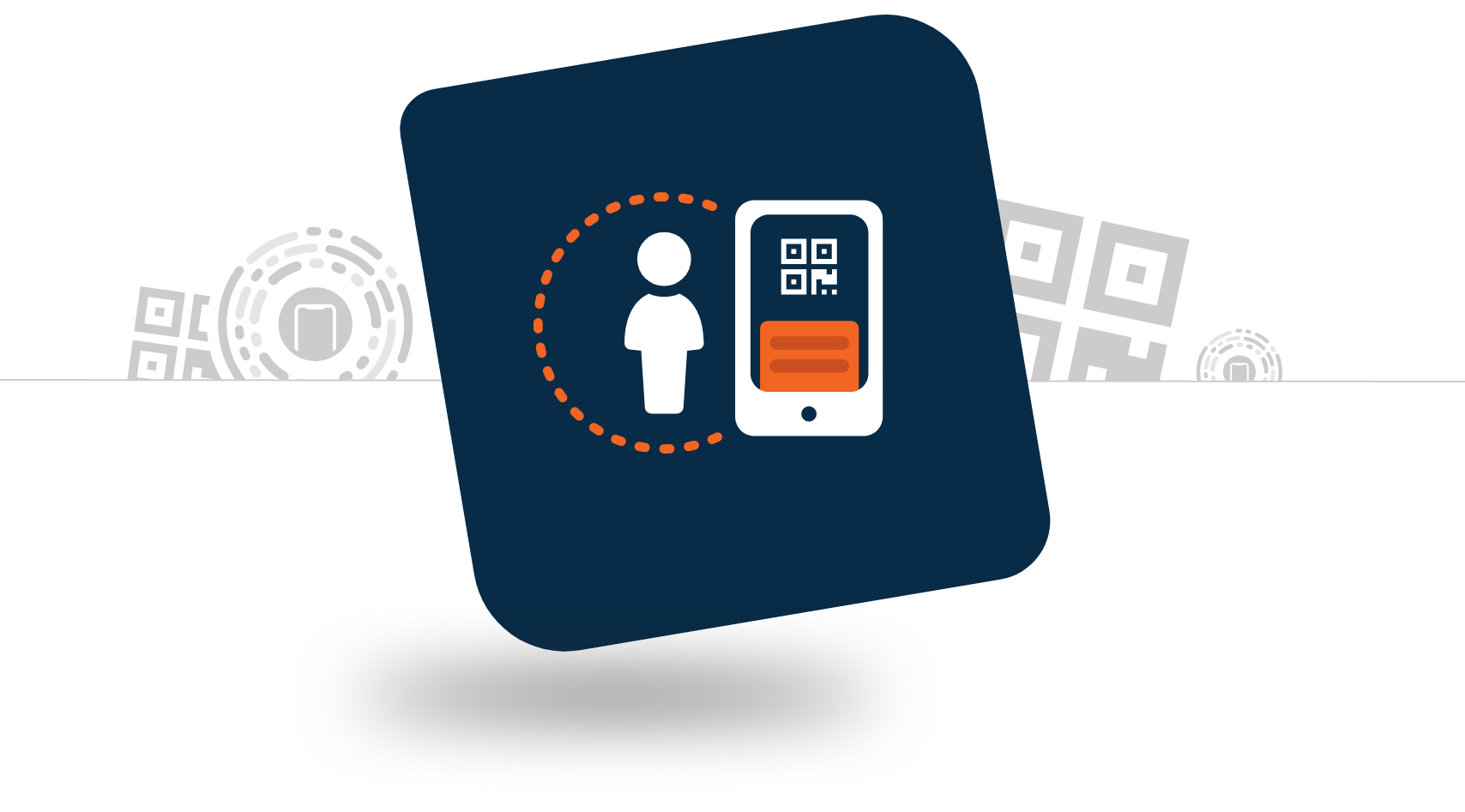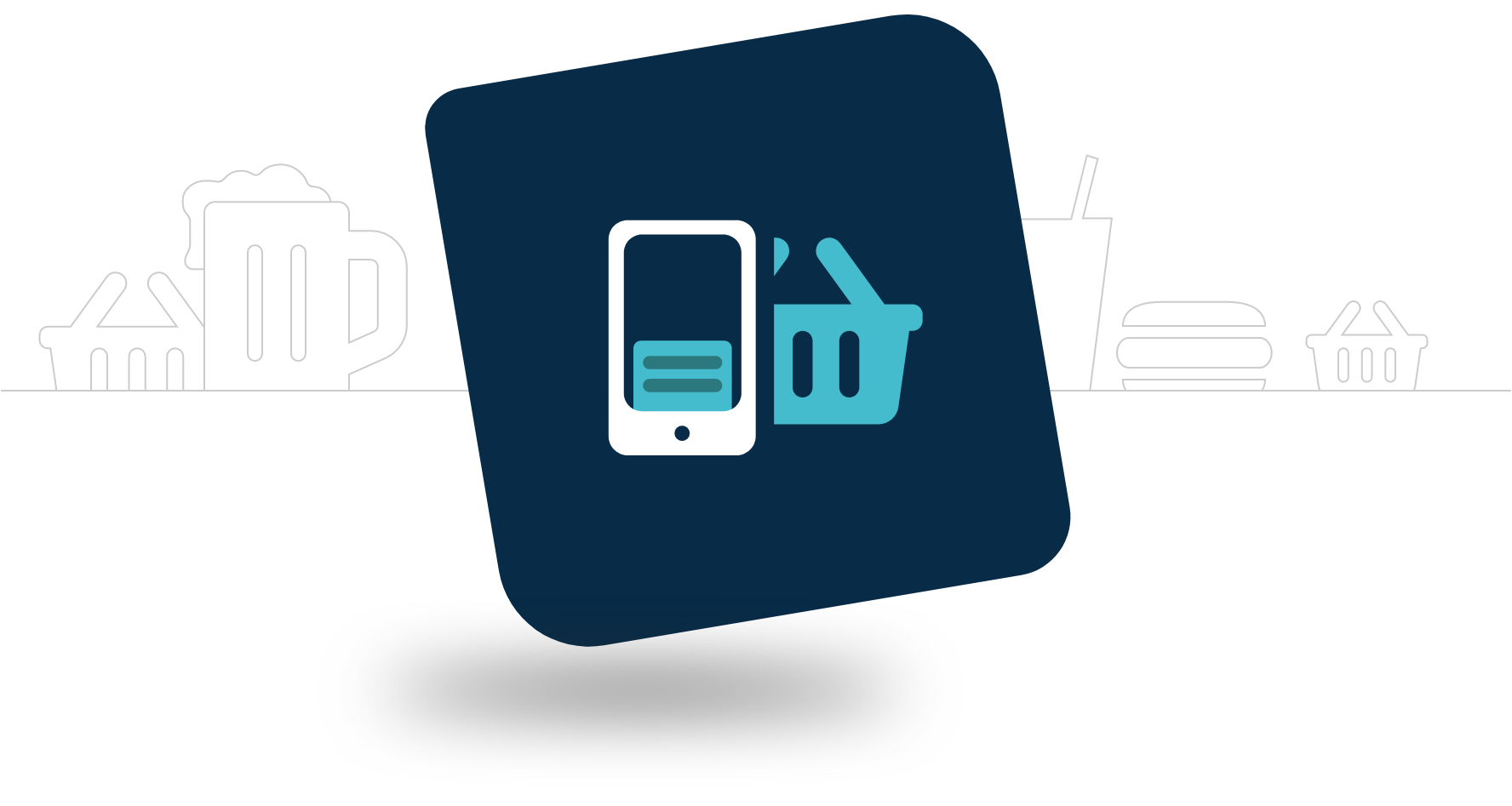Contactless Culture
Evolving to a mobile first, app enabled world has accelerated, post Coronavirus, with the increased uptake of contactless mobile apps. App Annie, provider of mobile data and analytics, suggests that the Coronavirus has advanced mobile usage by 2 to 3 years.
Mobile apps have taken the pivotal role in the provision of accessible tools to assist social distancing guidelines. The App Annie report stresses that “companies should prioritise mobile features, updates and launches to meet consumer needs or risk losing out to a competitor who does”.
Contactless and social distancing features to consider within a new or updated version of your app can be categorised into the following features:
- Contact Tracing
- Capacity Mangement
- Contactless Retail
- Contactless Control
CONTACT TRACING
Contact tracing implements a process to limit the onward transmission of infectious disease. Data is collected to trace those potentially exposed and alert them to isolation guidelines. Contact tracing, using mobile apps, operates under 2 frameworks; automated, and opt-in.
Automated Contact Tracing

The automated process uses your smartphone bluetooth hardware to track relevant proximity to other devices that also have this feature enabled.
Opt-in Contact Tracing

The opt-in process most often requires you to scan visual codes with your smartphone upon entering close proximity venues, prompting ad hoc collection of your data.
In the UK it is a legal requirement for specified venues to make provision for contact tracing data collection using opt-in methods. This can be done either by displaying a visual scanning code for the NHS Test and Trace app, or by making alternative provision to collect and store records for 21 days, and provide the data to the NHS Test and Trace system, if requested.
Alternative provision for visitors choosing not to use the NHS Test and Trace system needs to be carefully considered. Close proximity venues wanting to update or build an app to include a contact tracing feature, firstly need to address how they currently, or intend to, collect and store GDPR compliant user data.
If user data is already collected and stored, it will either be done so via a custom built solution or a third party CRM, such as Sprout. Permissions and tags for existing and new data fields need to be put into place so that the necessary data, required to integrate with the NHS Test and Trace system requirements, can be easily sourced and identified. If user data is not already in place, the addition of a custom built, or third party CRM component, is required to create contact tracing as a feature within your app.
If user data is not already captured, and there is no requirement other than for contact tracing, an app can either be modified with; a custom built extension, or the integration of a third party solution.
Custom built mobile app solutions provide an exact fit for your objectives and brand, and can be achieved without a commonly perceived financial barrier.
“A bespoke approach is best, and it’s not always cost or time prohibitive. A good developer will make use of existing third party solution products and libraries for common features, while tailoring the areas of your app which are unique to you and your business.” Daniel Payne, MD Compsoft Creative
CAPACITY MANAGMENT
Social distancing guidelines demand a methodical approach to how we access, check-in, and move around within many close proximity venues such as: arenas, exhibition centres, stadiums, museums and hotels. App features, such as virtual queues and capacity management, offer accessible and convenient solutions to manage the flow of people in compliance with social distancing guidelines.

Virtual queues/lines reduce physical waiting times. Virtual queueing can be enabled, in-app, either prior to a planned visit to a venue or, more immediately, by scanning a visual code near the point of access, or with a Bluetooth beacon enabled prompt. Upon triggering the process, the user receives a timed slot to approach the access point. Additional information and push notifications for reminders can also be utilised within the process.
Third party solutions for virtual queuing such as Qudini and Ufirst are already being trialled by many large retailers such as John Lewis and Sainsbury's.
Automatic Capacity Management
To manage a virtual queue, it is necessary to address the capacity and movement within a venue. There are a few options to automate this process depending on the size, location, and nature of the venue or area.
Cameras and Machine Learning
Object recognition cameras combined with machine learning are an extremely effective method of monitoring; flow, capacity, and other data capture. This process is hugely effective however, can be perceived as intrusive. The method is most commonly used for surveillance of government controlled environments such as airports and motorways.
Geo Fencing
Geo Fencing is the ability to create a circular virtual boundary around a real world location. iOS and Android devices both have mechanisms, using AGPS, that trigger an action when the user crosses the Geo Fence Boundary. This, therefore, can monitor how many users are within the monitored area and their flow within it.
Bluetooth Beaconing
Beaconing, using Bluetooth, is often used when tracking users within a venue where AGPS signalling is less accurate. Beacons are typically placed by entrances and exits, and at other key points, within a building. Bluetooth beacons can be used for many mechanisms such as; triggers for marketing messages, directions, and information at designated points, such as exhibit information in museums.
A combination of contact tracing and capacity management features provides a suite of tools to aid social distancing within high footfall venues. The event company Eventbrite offers contact tracing and capacity management tools in addition to features for contactless ticketing and payment.
CONTACTLESS RETAIL

The retail industry is transforming itself with the mass adoption of contactless technologies. The hospitality, travel, events, and leisure industries have been reconfigured with digital features such as: payment, scanning, ordering, and check-in. These features are not just enabling a post pandemic world, they are enhancing and revolutionising the retail experience.
Digital Payment
Digital payment is a key contactless feature. Payments made via mobile app wallets using Apple Pay, Google Pay, and Samsung Pay can be undertaken remotely, and in the physical brick-and-mortar world using NFC (Near Field Communication). As with many other contactless app features, digital payment is hygienic, convenient, fast and secure.
Visual codes
Visual code technology has been available for many years but has been rarely adopted in many countries outside of South East Asia. QR code and barcode scanning have been a driving force in the touch-less retail physical environment, with examples such as, restaurant menus, self-scan purchase, check-in, and contactless tracing triggers.
App Clips (iOS) and Instant Apps (Android) take the next step in visual code technology. Upon scanning an App Visual Code, the user is immediately taken to a specific part of an app, regardless of them having the full version of the app previously downloaded. This barrier-free process removes user steps to an immediate app user experience.
CONTACTLESS CONTROL
Historically, many activities have demanded contact with physical infrastructure such as plant machinery and shared hand-held devices. Contactless control mobile solutions combined with IoT technology can move user interaction with physical hardware to a personal device or utilise voice control. Examples of contactless control mobile solutions could be; replacing window blinds in communal spaces with Alexa enabled smart blinds, voice control in a lift, or an interface for plant machinery within a mobile app.
Contactless app features are essential to any process involving a legacy requirement for human contact. The investment of such features not only facilities a contactless enabled process but enhances the user experience to a faster, more convenient, more informative, more engaging in-app journey.
We at Compsoft Creative have designed and built over 300 iOS and Android apps. We focus on premium quality and cutting edge technologies.
Please get in touch for a conversation about contactless features in relation to your app, we look forward to hearing from you!
Sophia Gershater
Related Posts
Got a project? Let's work together
Compsoft is a remote working company except for Thursdays when we work together from the Alton Maltings in Alton, Hampshire (UK). Our registered address is detailed below. We'd be delighted to have either a virtual chat with you or to make arrangements to meet in person.
